Greysheet & CPG® PRICE GUIDE
- U.S. Coins /
- Pre-1933 Gold Coinage /
-
$2.50 Indian Gold (1908–1929) Values
About This Series
Catalog Detail
Legal Disclaimer
The prices listed in our database are intended to be used as an indication only. Users are strongly encouraged to seek multiple sources of pricing before making a final determination of value. CDN Publishing is not responsible for typographical or database-related errors. Your use of this site indicates full acceptance of these terms.
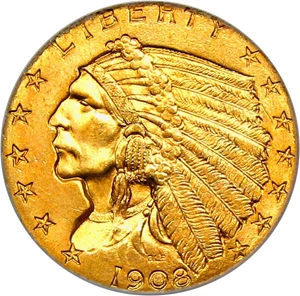

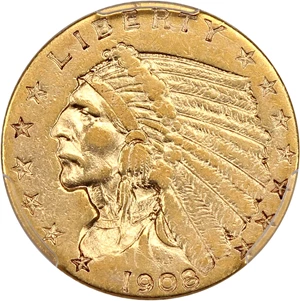
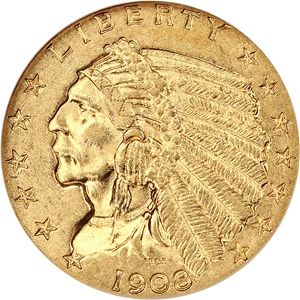
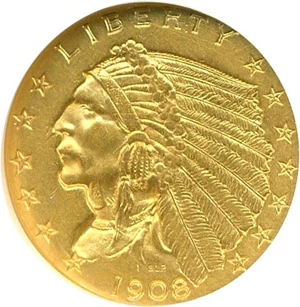
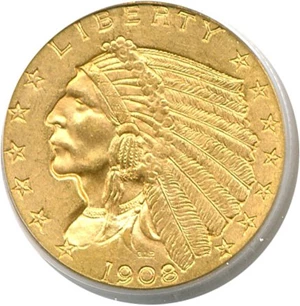
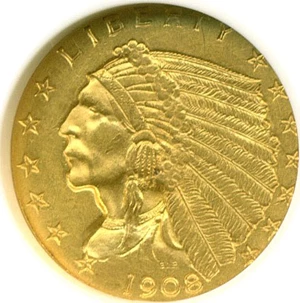
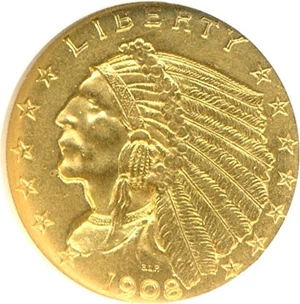
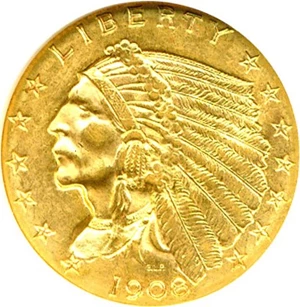

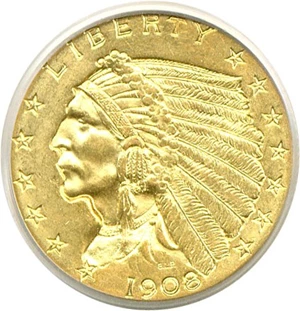
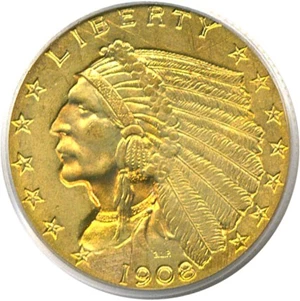
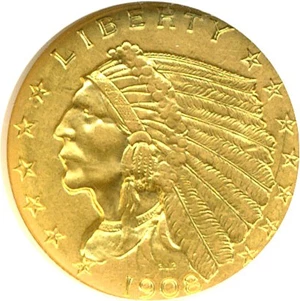
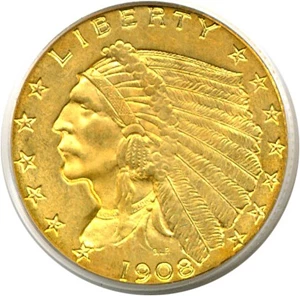
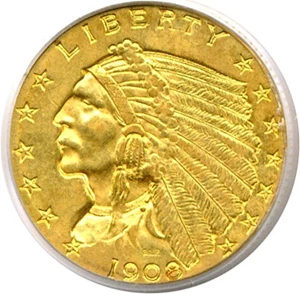
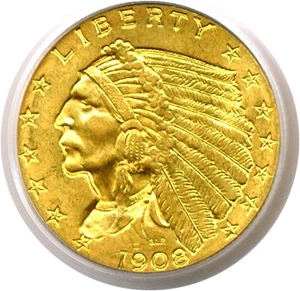
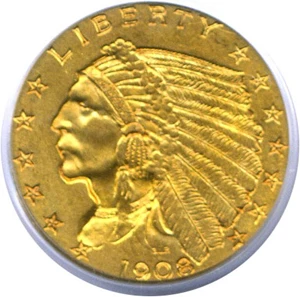
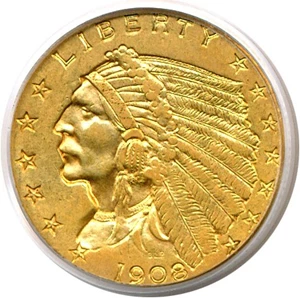
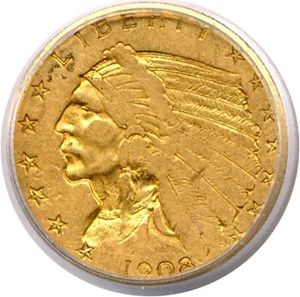
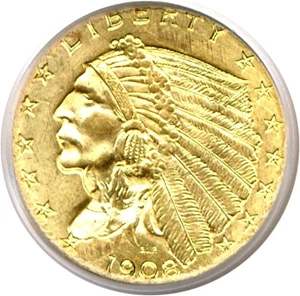
| $2.50 Indian Gold (1908–1929) | Value Range | Favorite | |||
|---|---|---|---|---|---|
| $2.50 Indian Gold (1908–1929) | Value Range | ||||
|
$625
-
$67,000
$625 - $67,000
|
||||
|
$625
-
$67,000
$625 - $67,000
|
||||
|
$625
-
$23,500
$625 - $23,500
|
||||
|
$625
-
$42,000
$625 - $42,000
|
||||
|
$625
-
$54,000
$625 - $54,000
|
||||
|
$2,800
-
$266,500
$2,800 - $266,500
|
||||
|
$1,450
-
$5,500
$1,450 - $5,500
|
||||
|
$625
-
$38,500
$625 - $38,500
|
||||
|
$625
-
$36,000
$625 - $36,000
|
||||
|
$625
-
$230,500
$625 - $230,500
|
||||
|
$625
-
$120,000
$625 - $120,000
|
||||
|
$625
-
$36,000
$625 - $36,000
|
||||
|
$625
-
$70,000
$625 - $70,000
|
||||
|
$625
-
$15,000
$625 - $15,000
|
||||
|
$625
-
$23,000
$625 - $23,000
|
||||
|
$625
-
$25,000
$625 - $25,000
|
||||
|
$625
-
$54,000
$625 - $54,000
|
||||
|
$11,000
-
$811,000
$11,000 - $811,000
|
||||
From the Greysheet Marketplace
Buy Now: $1,400.00
Buy Now: $1,942.50
Buy Now: $5,250.00
Buy Now: $10,868.75
Buy Now: $1,400.00
Buy Now: $1,400.00
Buy Now: $945.00
Buy Now: $1,795.00
Buy Now: $1,400.00
Buy Now: $1,530.00
Related Stories (powered by Greysheet News)
View all news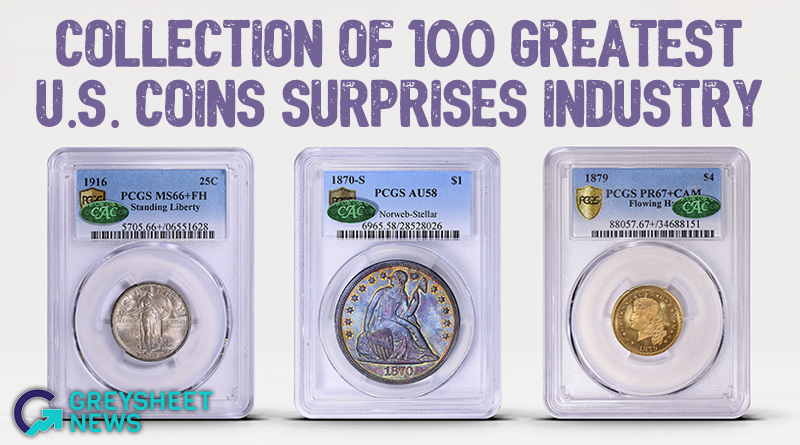
Daily reveals on MyCollect include many major rarities featured in 100 Greatest U.S. Coins book by Jeff Garrett.
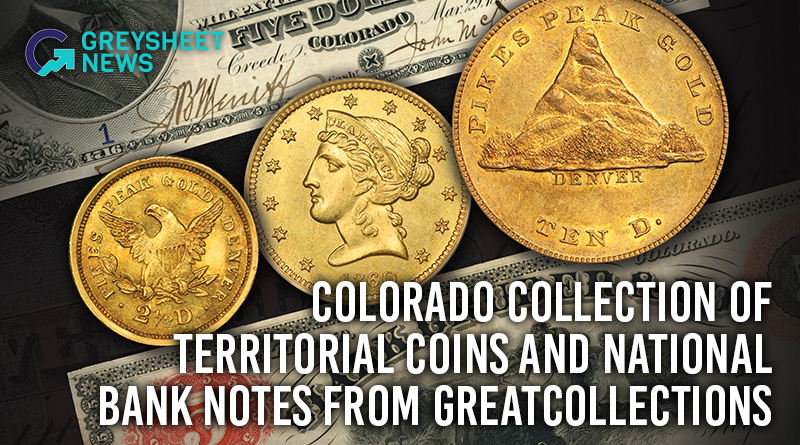
Includes High Grade Clark Gruber Gold Coins & Unique Creede National Bank Note
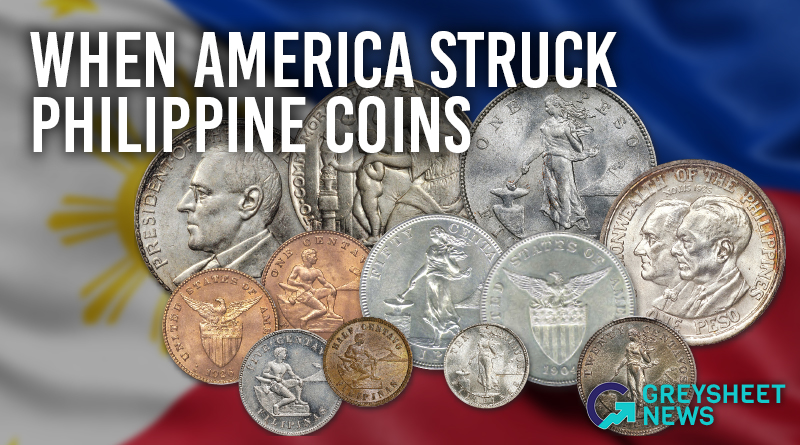
When the United States took control of the Philippines, Congress enacted the Philippine Coinage Act of 1903 which established a new currency system based on the United States gold standard.
Greysheet Catalog Details
Catalog Detail
Legal Disclaimer
The prices listed in our database are intended to be used as an indication only. Users are strongly encouraged to seek multiple sources of pricing before making a final determination of value. CDN Publishing is not responsible for typographical or database-related errors. Your use of this site indicates full acceptance of these terms.



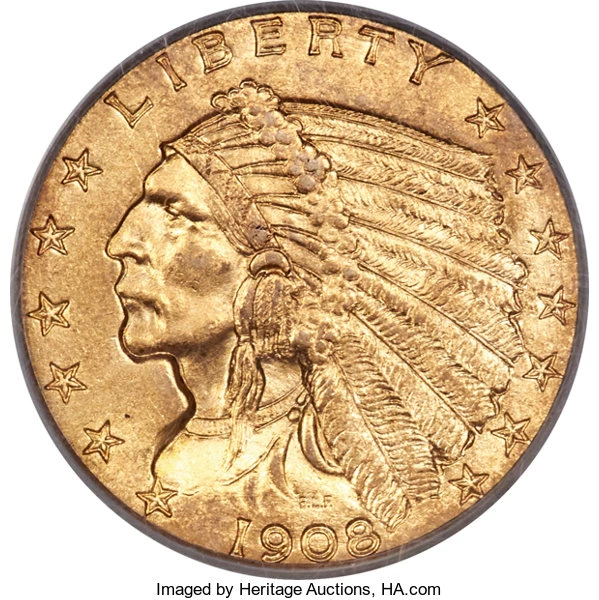



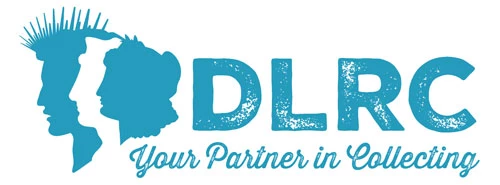


 Loading more ...
Loading more ...

